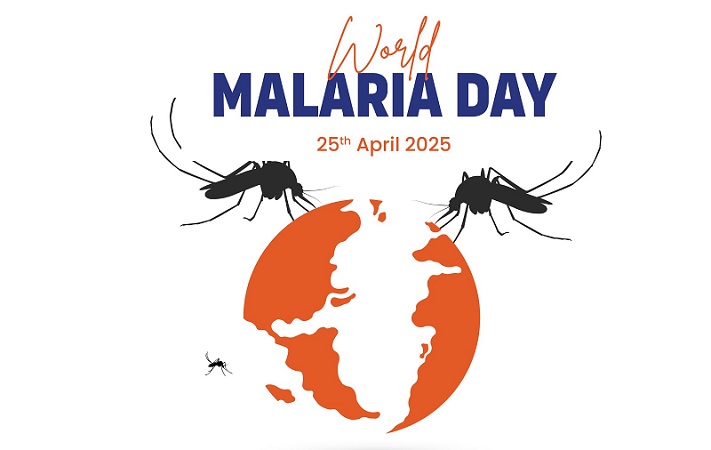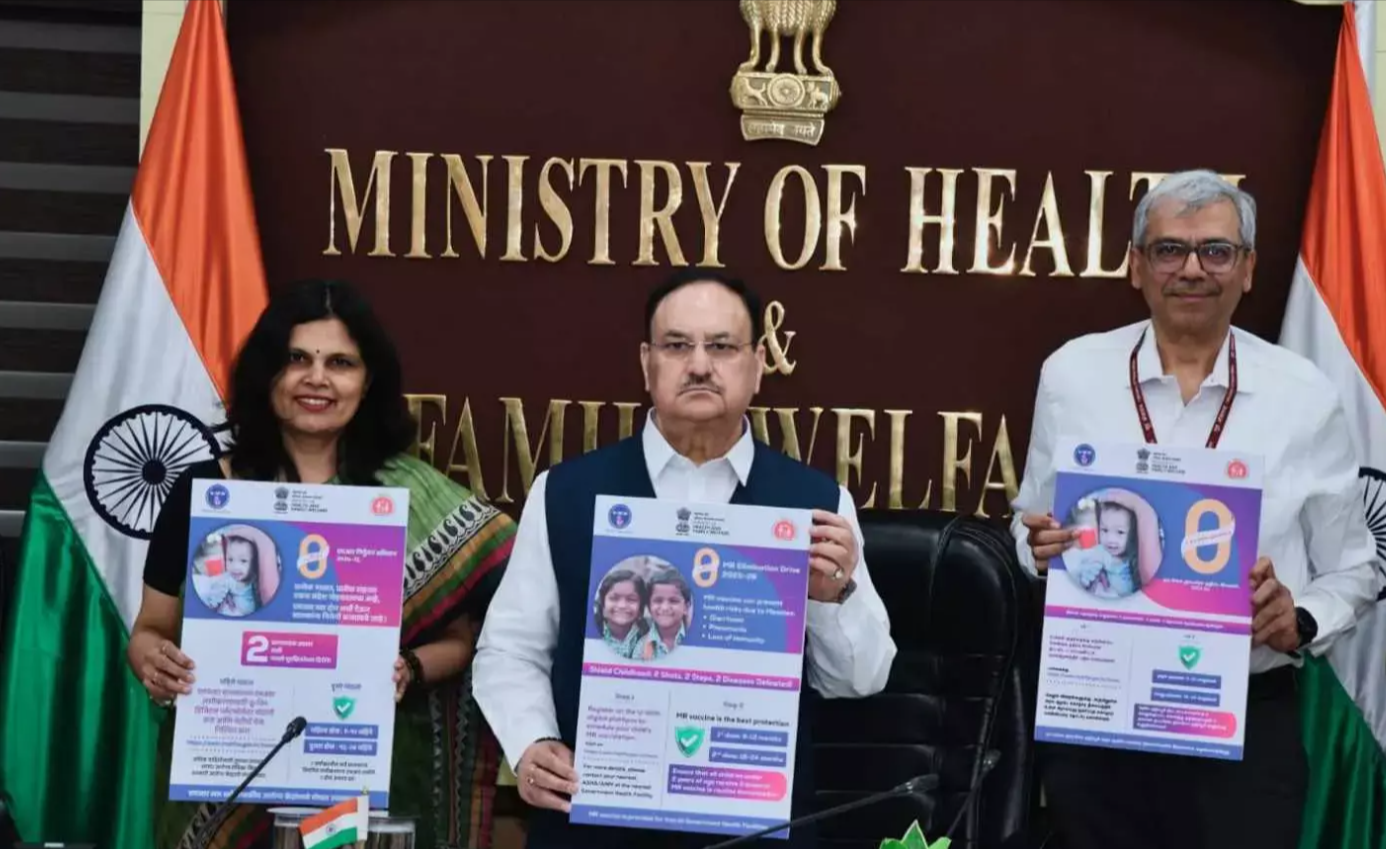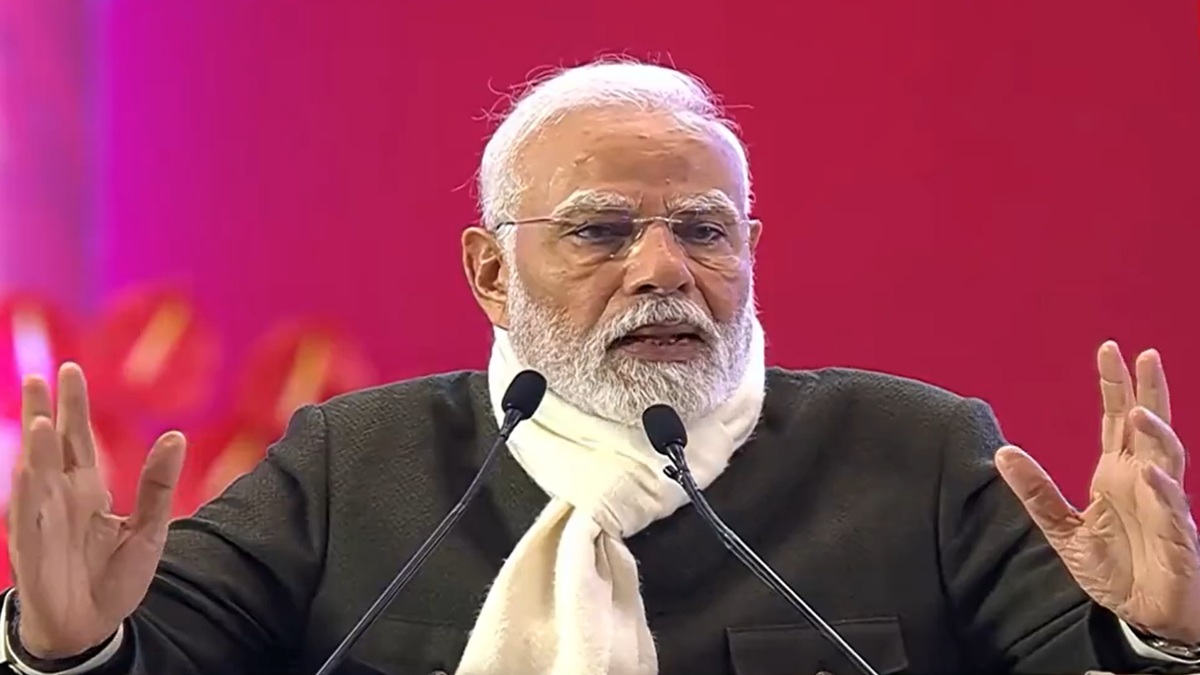
The government of Meghalaya plans to conduct a Strawberry Festival across three locations during two days from May 2–3 2025, to boost local agriculture. Mahabaleshwar Strawberry in Maharashtra obtained Geographical Indication (GI) status and this certification formally establishes the traditional traits of local cultivation while protecting grower rights. The GI status granted to Mahabaleshwar Strawberry serves dual purposes because it strengthens India’s agricultural brand protection system and helps market local products through the International Property Rights framework.
Context of Strawberry Festival:
-
The government of Meghalaya plans to conduct a Strawberry Festival across three locations during two days from May 2–3 2025, to boost local agriculture.
-
Under this initiative, Meghalaya develops agro-tourism through the promotion of both agricultural products and traditional activities to support rural economies.
Key Points of Strawberry Festival:
Meghalaya Strawberry Festival Details:
-
Dates: May 2–3, 2025.
-
Venues: Syntung (East Khasi Hills), Sohliya (Ri-Bhoi), Darechigre (West Garo Hills).
-
Organisers: Meghalayan Age Ltd. with Departments of Tourism and Agriculture & and Farmers’ Welfare
-
Objective:
-
The establishment of agro-tourism programs will function with a dual purpose for rural livelihood development.
-
Strawberry farming will expand along with rural economic development while increasing annual yield to 1,220 metric tonnes (2024 target).
-
Mahabaleshwar Strawberry GI Tag:
-
Recognition: Received Geographical Indication (GI) registration.
-
Geographical Area: Mahabaleshwar-Panchgani belt, Western Maharashtra.
-
Production: Over 20,000 tonnes annually by 1,800 farmers on 2,000 acres.
-
Importance of GI Tag:
-
The designation guarantees both the characteristic nature and high quality of products originating from specific locations.
-
Local farmers using the Paris Convention, along with the TRIPS Agreement receive protection for their rights.
-
Through this GI Tag, farmers who participate can export their produce to 153 countries, thus raising individual farmer revenue streams.
-
Importance of Strawberry Festivals
-
Organized in Meghalaya, the festival of strawberry attracts people to visit agricultural destinations while increasing income levels in rural areas.
-
The GI tag for Mahabaleshwar Strawberries gives India a stronger global presence in agricultural branding.
-
The protection of GI addresses quality standards, thus opening better market opportunities for farmers.
-
Through its events, the festival brings forward organic agriculture and Rural entrepreneurship with cultural heritage revitalization.
-
These efforts work together to strengthen India's initiative in protecting and promoting traditional products at the international level.
History:
-
British colonizers brought the growing techniques of strawberries to Mahabaleshwar during its time as a famous summer tourist hill station.
-
The regional growers initially started growing plantations before imported plant varieties in 1994 added value to the crops.
Cultivation of Strawberry in India
Regions of Cultivation:
-
Hills: Nainital (Uttarakhand), Dehradun (Uttarakhand), Kashmir Valley, Kalimpong (West Bengal).
-
Plains: Increasing cultivation in Maharashtra around Pune, Nashik, Sangali.
-
Maharashtra generates 80% of its country's strawberry output in Satara district through farm centers including Wai and Panchgani together with Mahabaleshwar.
Emerging Areas:
-
The cultivation of strawberries has achieved success in the plain areas of Maharashtra particularly through operations carried out in Pune Nashik plus Sangali towns.
Global Production:
-
Largest Producers:
-
China: Largest strawberry producer in the world.
-
United States of America: Second-largest producer.
-
The world's strawberries amount to 57% and China and the United States control this share according to 2019 statistics.
-
Health and Nutritional Benefits:
-
The nutritious content of strawberries includes essential Vitamin C and Iron together with antioxidants that benefit health.
Varieties of Strawberry:
-
High Flavor and Color (for Ice Cream):
-
The ice cream industry finds great value in Olympus, Hood and Shuksan varieties because of their distinctive flavors and vibrant red hue.
-
Ideal for Processing:
-
Jams and preserves require processing six types of strawberries, namely Midway, Midland, Cardinal, Hood, Redchief, and Beauty.
Strawberry Advisory System (SAS):
-
Mobile App:
-
The Strawberry Advisory System app enables farmers to track current weather patterns, which signal increased vulnerability to the diseases Botrytis and anthracnose fruit rots.
-
This system delivers projected data that notifies farmers about disease threat levels so they can make timely protective measures to lower their crop damage.
-
Economic Significance in India:
-
The Indian district of Satara names itself the “strawberry capital” while producing 80% of India’s total strawberry crops.
-
Strawberry farming in the region achieves double benefits by expanding rural income while establishing a major position in agricultural export volumes.
Conclusion:
Through the joint effect of the Strawberry Festival in Meghalaya and the GI tag for Mahabaleshwar Strawberries, India demonstrates its commitment to backing local farming communities and traditional crops. The GI recognition helps India develop its agricultural identity globally as it secures access to markets and protects exclusive local agricultural products and Meghalaya’s initiative supports economic development and community tourism.



 New NCERT Class 7 Social Science Textbook: Consolidated Format and Focus on Ancient India
New NCERT Class 7 Social Science Textbook: Consolidated Format and Focus on Ancient India India Takes Major Strides Toward Malaria Elimination on World Malaria Day 2025
India Takes Major Strides Toward Malaria Elimination on World Malaria Day 2025 Former ISRO Chairman Dr. K. Kasturirangan Passes Away at 84
Former ISRO Chairman Dr. K. Kasturirangan Passes Away at 84 India Launches National ‘Zero Measles-Rubella Elimination Campaign 2025–26 with a Target to Eliminat
India Launches National ‘Zero Measles-Rubella Elimination Campaign 2025–26 with a Target to Eliminat Union Minister Dr. Mansukh Mandaviya Launches Issuance of Sports Certificates via DigiLocker and Ina
Union Minister Dr. Mansukh Mandaviya Launches Issuance of Sports Certificates via DigiLocker and Ina PM Modi Addresses India Steel 2025: Paving the Way for a Steel-Strong India
PM Modi Addresses India Steel 2025: Paving the Way for a Steel-Strong India Pahalgam Terror Attack 2025: About Pahalgam and India’s 5-Point Action Plan Against Pakistan
Pahalgam Terror Attack 2025: About Pahalgam and India’s 5-Point Action Plan Against Pakistan Pahalgam Terror Attack: What happened and way ahead
Pahalgam Terror Attack: What happened and way ahead Extension of Mission Anveshan: Boosting India’s Energy Security
Extension of Mission Anveshan: Boosting India’s Energy Security






